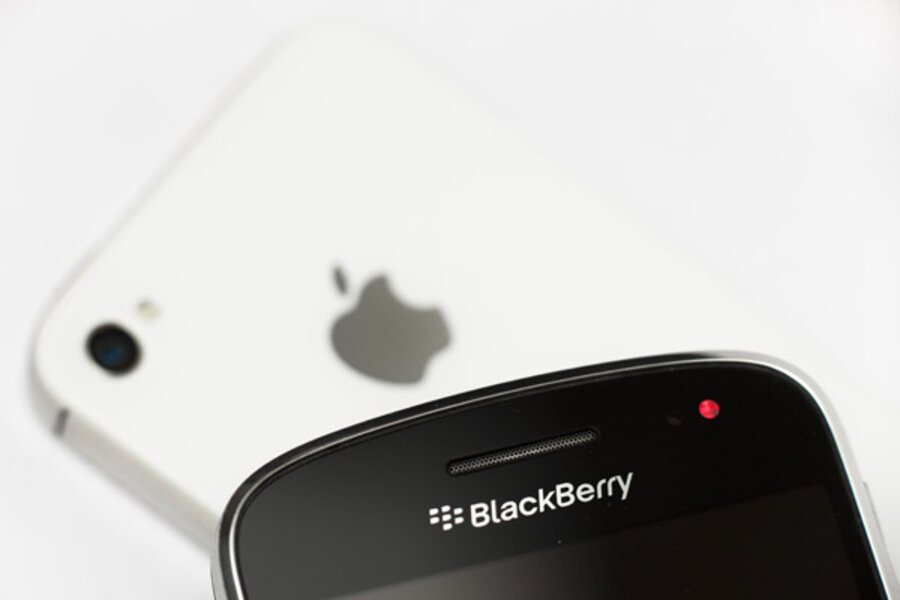Why your phone's battery life is (still) underwhelming
Loading...
When the first smart phones came out, no one looked forward to a future in which we constantly had to duck into coffee shops to charge our phones. Yet, here we are.
In the five years since the introduction of the original iPhone, mobile devices have sported bigger and brighter screen, faster processors, and swift 3G and 4G data connections. But battery life is about the same as it's always been – barely adequate for a full day's work.
Why does it seem that, in spite of all these other advances, our phones' battery life never gets any better?
While you may not know it, lithium-ion batteries – the kind that power everything from smart phones to laptops – have actually gotten about three times more efficient since the mid-1990s. But in the same time, the electronics they power have improved more than a thousand-fold. Your new phone's big, bright display draws way more power than the smaller, dimmer one on your old phone, putting more stress on the battery and forcing you to either use the screen sparingly or retreat to a wall outlet for a mid-afternoon charge.
There's also the "thin and light" aesthetic to consider. “You can have a battery that's the same size as before but lasts three days, or you can have a battery that lasts a day but is a third the size," says Steve Harris, who researches battery technology as a visiting scientist at the Lawrence Berkeley National Laboratory.
In other words, even as researchers are able to pack more energy into batteries, we don't see longer-lasting phones – we see phones that last about the same amount of time as before, but with a thinner profile.
But now the story is beginning to change. Mark Stoker, vice president of sales at K2 Energy Solutions, a Nevada battery-research company, says that "lithium-ion chemistry has almost reached its potential for capacity." In other words, at some point, lithium-ion batteries simply will not get any better. Physics will stand in the way.
However, Mr. Stoker's company and others are working on new kinds of batteries that could offer "massive jumps in battery life and capacity." And, he says, this new technology will be ready within the next year or two.
K2 Energy researches lithium-iron phosphate batteries, which can be charged and discharged about twice as many times as lithium-ion without losing their capacity and can withstand the high temperatures that cause the batteries in most electronics to degrade quickly. Lithium-iron can't yet pack as much power into a small space as lithium-ion, but Stoker says the company is seeing rapid improvements. The technology already appears in electric cars, and may soon spill over into consumer devices as well.
There are other new technologies on the horizon, too. Lithium-imide and aluminum-ion batteries promise anywhere from 10 percent to 50 percent more energy in the same amount of space as a lithium-ion battery, longer overall battery life, faster charging, and better reaction to heat. And some can be created with the same equipment as lithium-ion batteries, which means that, in theory, they'll cost about the same.
"These improvements will spill over into the consumer industry ... if there’s a demand," says Harris.
Users want phones that don't need babysitting throughout the day – but they also want faster, better, smaller devices. It'll take smart engineers, or at least smart marketers, to find the right balance. So cheer up, smart phone users: You might not be tethered to that wall outlet for much longer.








